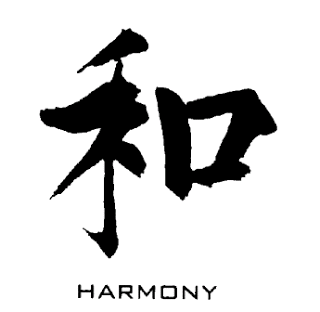Acupuncture
Acupuncture has been used in the East for thousands of years. It is a system of complementary medicine that involves pricking the skin or tissues with needles used to alleviate pain and to treat various physical, mental, and emotional conditions. Originating in ancient China, acupuncture is now widely practiced in the West.
Contact Julie at
570-533-3563 for an appointment





Conditions that can be treated with Acupuncture
What to Expect
On your first visit you can expect a thorough intake where we talk all about you and how your body presents or manifests disharmony (i.e all your symptoms and generally how your body is functioning).
We then design a modifiable treatment plan that changes as your body begins to heal. We often see healing happening in layers. When symptoms begin to fade away we need to modify your treatments by choosing different acupuncture points, incorporating therapeutic modalities or taking away other therapeutic modalities previously used.
Treatments are all inclusive. This means you get what you need. For example: one patient may need acupuncture, tui na, topical herbal medicine, and cupping. Another patient may need acupuncture, internal herbal medicine, and moxibustion.
It is impossible to determine without evaluating your specific case how many treatments you may need, as each body is different. Some patients need as few as four treatments before they are discharged. Other patients may need ten treatments.
In complex or recalcitrant cases you may need more or you may need to be on a maintenance plan.
Acupuncture is not sensation-less. However, you should not experience any sensation you associate with pain. Experiencing sensations with acupuncture is actually a good thing! It means we have accessed your body's own "medicine" and healing begins!

Harmony Point Acupuncture's Philosophy
The path to wellness is a journey that is unique for each individual.
Through patient-centered care we aim to work with you and as part of your medical team to allow you
to take control of your health and happiness, leading to your point of harmony.
Oriental medicine operates on such a platform by treating the individual through
compassion, education, and a 2,000 year old health care system.


Herbal Medicine
Herbal Medicine is an essential modality of Chinese Medicine. Herbs are often
used internally in the form of a decoction (tea-like drink) derived from
either raw herbs or granules (a decoction dried and dissolved in water)
or in the form of a pill. However, we also use herbal medicine topically. We typically recommend "formulas" or a combination of herbs designed
specifically for you, rather than the western medical application of
recommending a single herb to treat a single symptom (think a single
drug to treat every presentation of a specific disease). Though Chinese herbalists
utilize many different "herbs," many of the substances can literally be found in
your house as food or spices.

Nutrition
Nutrition is a pillar of Chinese medicine. It is a fundamental cause of disharmony in the body. Despite a shift in more conscientious eating, our food is often lacking in the basic nutrients to help keep our bodies from generating disease. Additionally, we are plagued by soaring prices of food and options that are packed full of poison. Nutrition and digestive health play a major role in many health conditions including: digestive issues, psycho-emotional conditions, inflammation, and even headaches to name a few. Chinease medicine can help you get back on track by creating a plan that works for you. It starts simply by choosing one thing that you are willing to change.

moxibustion
Moxibustion or "Moxa" is the burning of the herb Mugwort (Ai Ye) Artemisiae argue Foliumnear at the surface of the body. It is deeply warming, penetrating, and feels wonderful.

cupping
Cupping is a technique that creates a light suction of the skin by the use of glass "cups". We perform slide cupping, stationary cupping, and flash cupping. This technique brings blood to the cupped area and can help break up adhesions. Flash cupping is useful for Bell's Palsy or Stroke recovery.